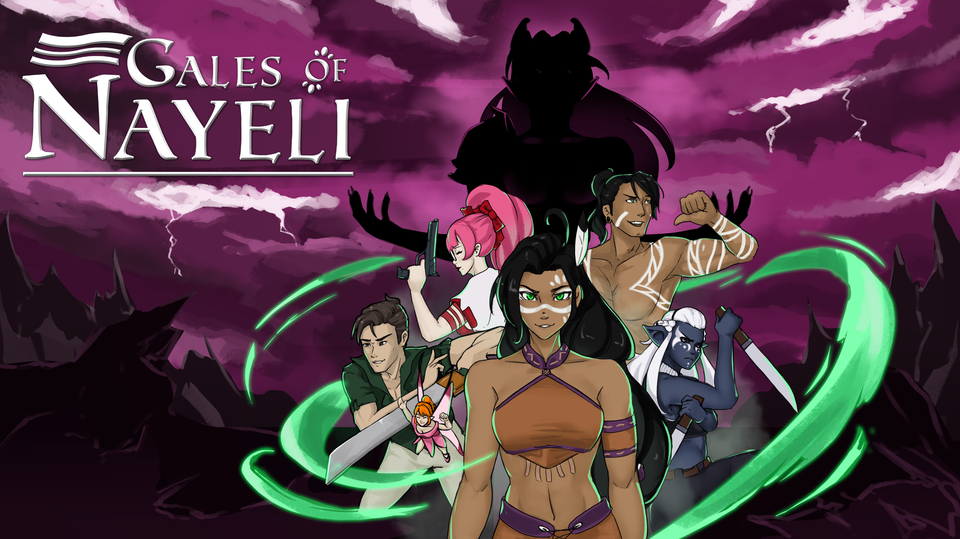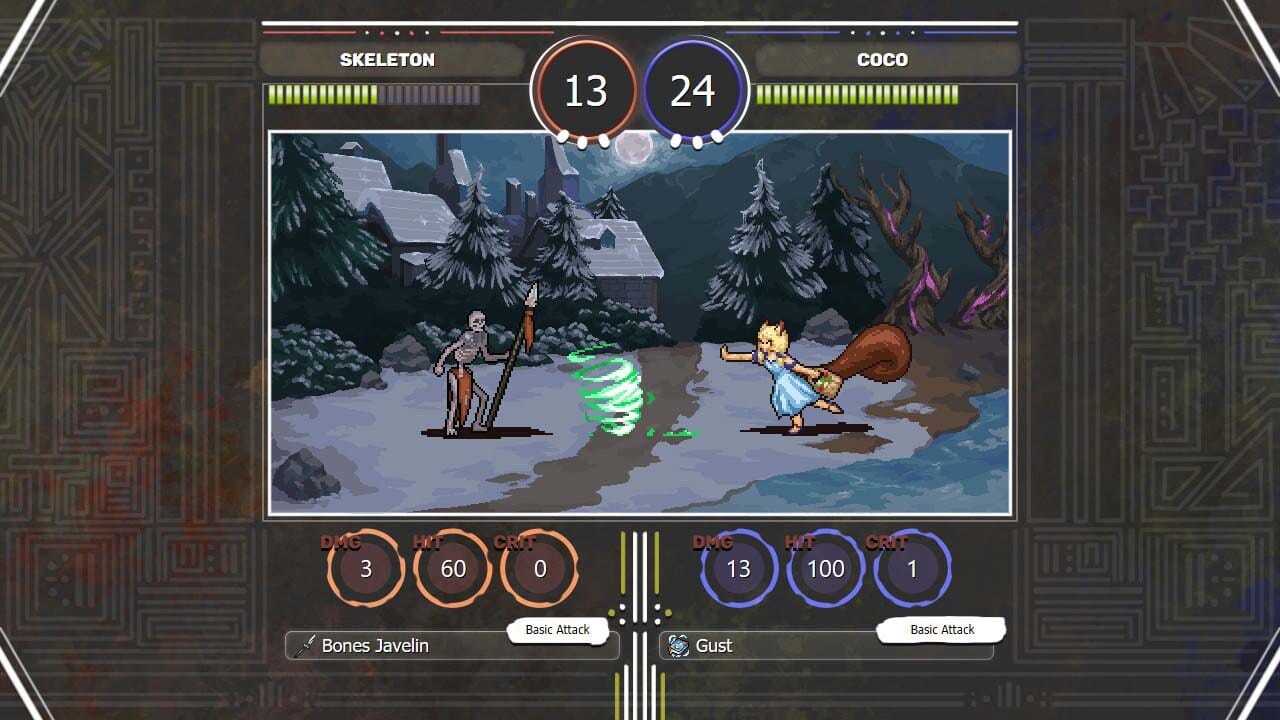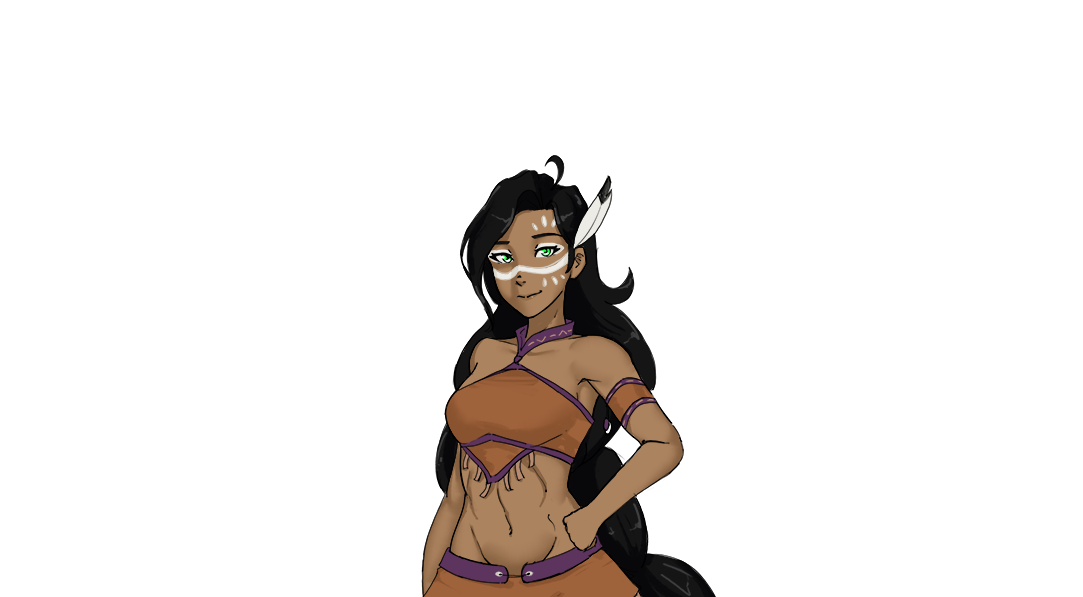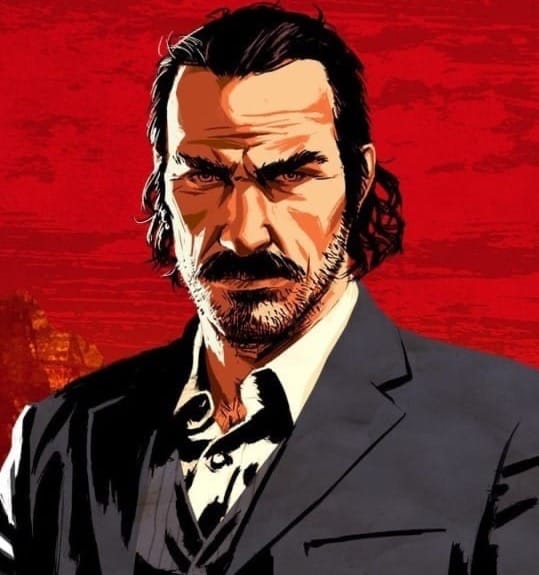Looking Back: Gales of Nayeli, Fire Emblem, Inspiration, and Nostalgia

Earlier this week a new indie game released, Gales of Nayeli. It came on my radar because a few mutuals on Bluesky retweeted the launch trailer. It was a compelling enough look to try the demo and after playing the first chapter I knew it was something special. Made in the same engine as the Shouzou Kaga Vestaria Saga games, SRPG Studio, it uses the formula Fire Emblem pioneered to full effect. That Fire Emblem comparison is needed as Gales of Nayeli is very much in dialogue with nearly every entry in that storied series. The game has me transfixed but also has me thinking a lot of nostalgia as a concept. It is making me feel as though I am 10 years younger playing through all the Fire Emblems again. This is not an entirely pleasant experience. Its feels as though I am escaping into this game to avoid a world I would rather not deal with. I want to sit at and examine that feeling for a bit. So for this blog we will start off by discussing what gives Gales of Nayeli the juice it has. It will be spoiler light as I am only 1/3 through the game but we will be discussing characters, mechanics, and how they exist in relation to Fire Emblem but serve to put the game on its own footing. Then we will move into how the game uses your nostalgia for Fire Emblem in semi-interesting ways. .

Gales of Nayeli is clearly playing from the Fire Emblem playbook. Its use of things such as variable, luck-based level ups to its terminology for statistics, skills, and weapons is pulled right from the series. Brave weapons are weapons that can make two attacks before an enemy, killer weapons are those with an increased critical chance, speed allows a unit to make a follow up attack if it is sufficiently higher than the enemy. These are all things that a player of any Fire Emblem would be familiar with. Yet, while the game is in discussion with Fire Emblem it is very clearly attempting to bring its own ideas on how to make a game like Fire Emblem compelling. One can feel that the development staff has a deep fondness for the Fire Emblems and games such as Vestaria Saga. Yet that love never falls into an uncritical reverence. The game is keenly aware of the flaws many of those games have that hamper the tactical and strategic gameplay and it shows. For instance, weapons that attack from both up-close or far away almost uniformly are unable to attack more than once per combat triggered. This prevents them from becoming a dominant strategy one can rely on for the entire game. In Fire emblems such as the Blazing Blade or Path of Radiance, one could give a hand axe or javelin to a unit such as Marcus or Titania and have them take on near half a map on their own. That is not possible in Gales of Nayeli. Those weapons will only be able to strike once. Even in magic, a player must act strategically to get a one to two range spell top double, such as with the mage avatar’s focus or after Miles has enchanted another unit with his skills. This rewards careful planning as it forces a player to think ahead, sometimes by entire turns, to reap powerful benefits. Gales of Nayeli also prevents the centralization of classes.
In most Fire Emblem type games, being mounted on a horse offers profound benefits, they move further offering increased flexibility. They can often move after an attack or action, allowing them to hit out of the way targets and return. This leads to a player’s army often being dominated by mounted classes. Gales of Nayeli keeps many of these same ideas but refines them to be less overpowering. Mounted units are typically far worse at any one job compared to their footbound counterparts. Gallant and Sawyer, mounted knights cannot block as well as Sharif and Leila, nor do they hit as hard as them and Flynn. Cleo, a flying archer, is weaker defensively and offensively compared to Curtis. This is usually the attempted case in Fire Emblem, but the strength of mounted units isn’t tuned low enough to make it worth using the footbound units. Yes, Abel typically has less strength than Ogma and less defense than Draug. But he is more than good enough to do both jobs adequately while being able to move farther. The movement stat is also typically only one more compared to footbound units. Gallant and Sawyer can move five squares in a turn at base, most of the cast moves four. Additionally, skills and items that increase movement are more common. I have run into 4 items increase the stat up to chapter 14 compared to the usual one in the entire game in Fire Emblem. This gives a person a choice, give a better footbound unit five movement and make them more versatile, or give it to a mounted unit and increase their flexibility that much more. The characters and story are also in dialogue with the Fire Emblem series.

The characters are where Gales of Nayeli makes its biggest break with Fire Emblem. The cast is far more diverse than the typical Fire Emblem. That series has only had one non-white protagonist in the entire 35-year history. Claude isn’t even the only protagonist in his game, sharing the spotlight with three other characters. The titular Nayeli is from a North American Indigenous inspired culture, and she looks the part. You will also run quickly into characters such as Miles the enchanter and Sharif the armour knight who are non-white. The differences also include the sexuality of characters. While no great attention is paid to sexuality, one can easily see it based on who is romanceable by whom. You will find a variety of straight and queer people, with there being asexual/aromantic people, gay men and women, as well as many bisexual people in the cast. This is a vast improvement over the best Fire Emblem on queerness, where one could romance a few bisexual people as the avatar Byleth, and one had to read in queerness in other relationships, though they could be fairly overt. I also have it on good authority there is also at least one transgender person in the game, though whether they are a teammate or enemy I have not reached a point to say. This focus on inclusion is important as it allows more people to find themselves in the game and be seen. It also makes the world feel much more believable and real. The story is also a breath of fresh air compared to the typical Fire Emblem.
A broad outline of nearly every Fire Emblem game can be said to be thus “ a prince is exiled from their home by an enemy force and must build an army and alliances to fight back, retake their homeland, and save the world”. f I am remembering right, this describes in full or in part, Fire Emblems 1,3,4,5,8,9,10,11,12,13,16, and 17. This is not including BS or Heroes but only mainline and remakes of the console or handheld systems. Fixing Fire Emblem titles to numbers is something I picked up from arguing about the series on Reddit for years, I will pay for my crimes at death. Gales of Nayeli, mercifully, seems to have done away with this plot. Instead, Nayeli sees visions of a future where she must fight an evil demon, Bloodlust, who has taken over the Everdark, the domain of the dark elves. We immediately see the effect of this demon and the need for her fall as forest creatures go berserk and start attacking people as monsters as well as there being bandits and pirates attacking villages and kidnapping people. It is basic at first but seems to be about to become fairly complicated after chapter 14 for reasons I will not say. What is the same compared to middle era Fire Emblem games is it features the correct blend of goofy to serious, a character can be used as comedy relief one scene only to be heartwarming or wrenching the next. It fits right in with characters such as Boyd from Path of Radiance. Knowledge of all the Fire Emblems is not required to enjoy the game but certainly does enhance it.
As discussed, putting this game in the context of Fire Emblem allows one to better understand why decisions were made. One can see where inspiration was struck and what pushed the creators to change how mechanics work. It also allows one to understand a few references put in the game. Things such as Sawyer saying, “Together we ride” and Flynn’s attack animation being a recreated version of the Game Boy Advance Fire Emblem mercenary attack animations are little touches that do not go overboard. They are not the type of reference that makes one want to return to experiencing a better piece of art but instead a kind of signal. These reference show that the developers had a deep love of Fire Emblem and weren’t trying to recreate or better Fire Emblem but instead create their own take on the formula. This is nostalgia done correctly. It is using a love for something and having that inspire to push to create something original. When I see Flynn do a front flip to hit a guy with a sword combined with they rest of the game, I know these people fell in love with Fire Emblem for the same reasons I did. The game is a celebration of that love. Then why does the game make me feel so weird?
If you have not guessed from all the praise I have been heaping on it, I am in love with Gales of Nayeli. I find it brilliant with a lot of interesting ideas. Yet, after I play it, I feel an odd emotion. It makes me feel as though I am retreating to a past version of myself to run away from the problems of the world. This got me to thinking of the value of nostalgia as a whole. In the spaces I frequent, something like “nostalgia is fascist” has become a prevailing theory. This blog by Rowan Lee does a great job explaining the idea. It is a theory I largely agree with this and thus the reason for my partial dismay at Gales of Nayeli. It pushed me to think, “by engaging with this clearly backwards looking work helping the current moment?”. I think this thought was incorrect. Like many people in the world, I have been struggling mentally over the past while due to the state of the world. During times of mental stress, I will often retreat to comfort art to help cope and centre myself. If you ever hear me talking about playing Pokémon Crystal, reach out. I do not think that is an incorrect response. I think the fascist edge of nostalgia is not using art and things like it to cope with the hell of the world but to view art and the world that produced it devoid of context and champion a return to it based on false notions. I do not play Pokémon Crystal to wish for a return of a better world, I play it because I know the game inside and out and the mechanics are comforting and interesting to me. This leads me to thinking a better question would be “Is Gales of Nayeli targeting nostalgia?”, and despite its clear love and appreciation for old games, I do not think it is. It is a game that is striving for the future. It takes inspiration of those old games, and rather than wallow, it uses that inspiration to create something wholly new that can stand beside those games as an equal. It isn’t Fire Emblem again, it is a SRPG for the modern age.
Gales of Nayeli can be purchased on Steam. I highly recommend it.



Comments ()